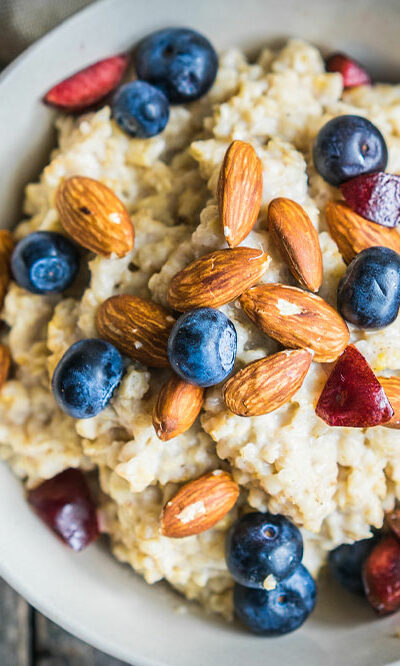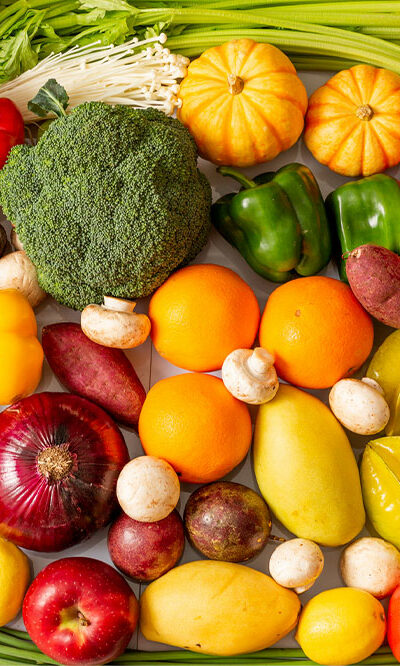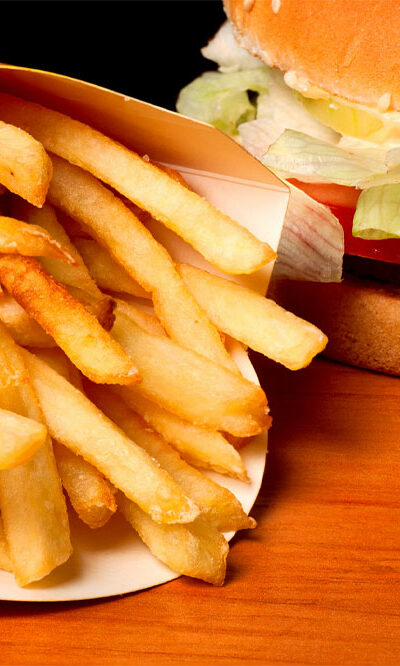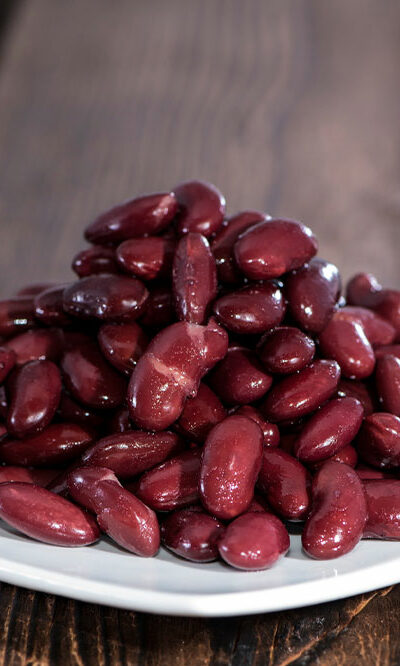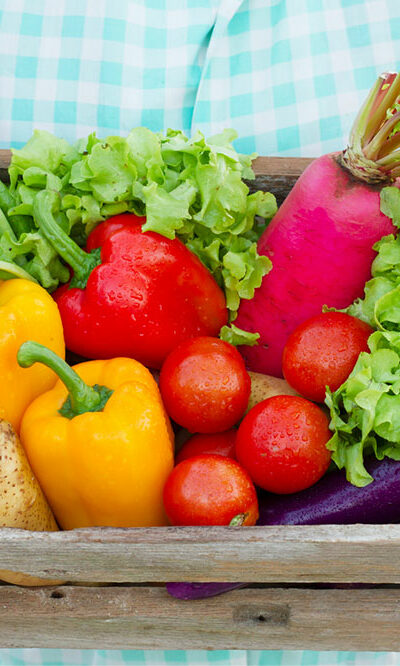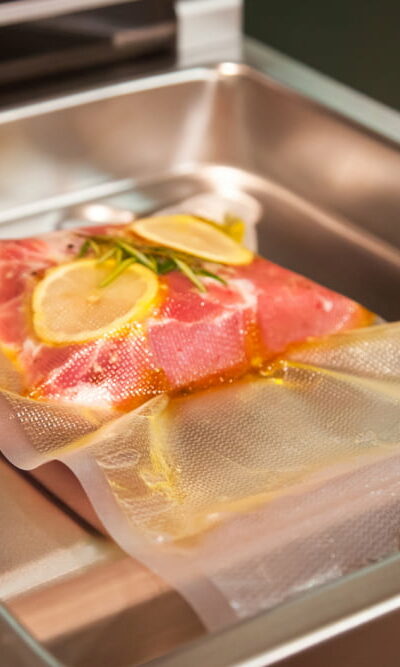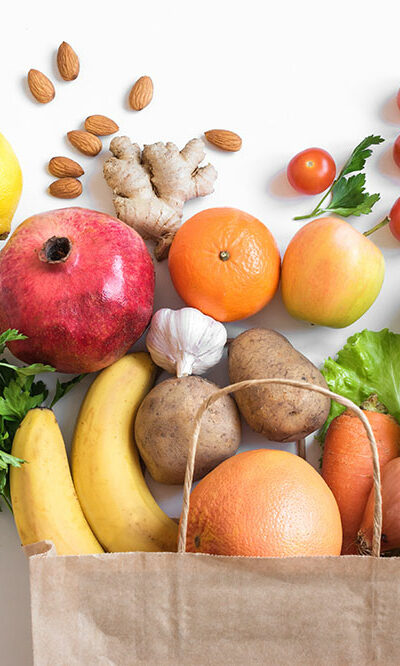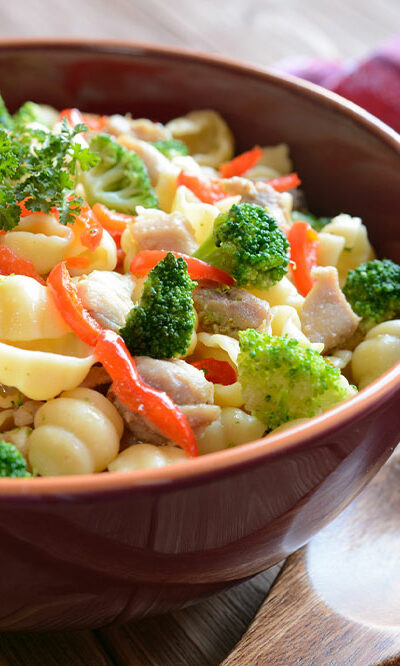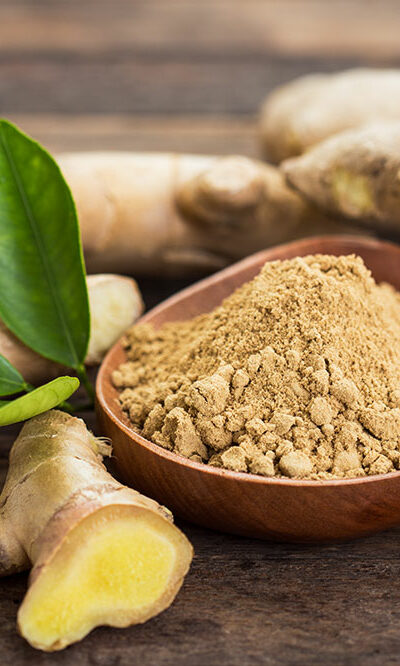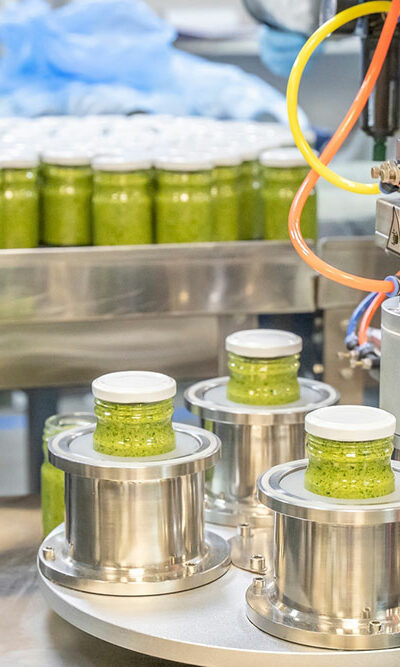
4 errors to avoid when choosing food packaging machines
When dealing with food, its packaging requires precision and careful handling to prevent food spoilage. Further, to get the packaging right, it is important to have the right equipment in place. The right food packaging machine is one that meets all the requirements at the right price. So, while getting food packaging machines, one should do some research to find the best option. Additionally, one should avoid the following mistakes: 1. Not setting a budget With so many options in the market, it is important to look up prices of food packaging machines and then set a budget. Such equipment can be expensive, so setting a reasonable budget and looking for machines that offer good value for money can help one avoid making a costly mistake. One can also consider buying used machines to save money. However, the used food packaging machine should be well-maintained, i.e., not require a lot of repairs. 2. Choosing the wrong type of machine Different types of machines package different types of food items. When dealing with dry, powdered food, an auger filling machine is a good choice. For packaging liquid, one should get liquid pumps. One may need more than one type of machine if dealing with multiple products. So, one should first evaluate their business requirements and product type and then choose a food packaging machine accordingly. 3. Skipping research One should look up reliable food packaging equipment manufacturers and top-rated packaging machines. One can also check online reviews for the brand and machine and even ask questions that other users or the company itself can answer. This can help one learn about the machines and make an informed decision. 4. Refusing after-sales service After making a purchase, one should make the most of the after-sales service and demo (if any). This is an important part of the purchase process that can help one avoid unwanted surprises.

